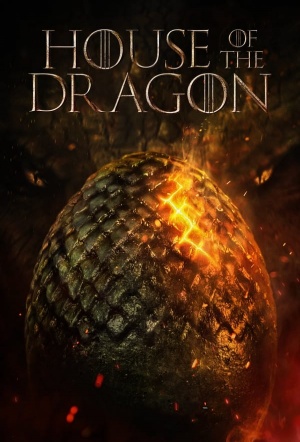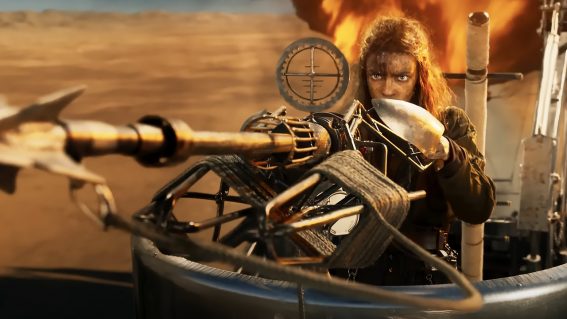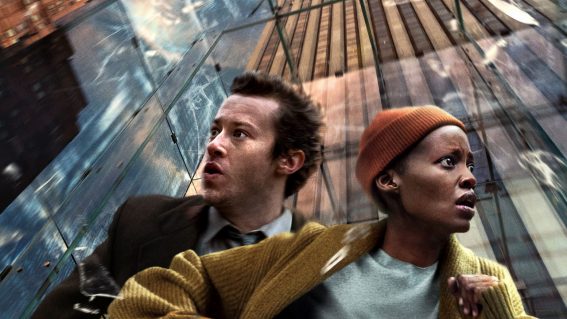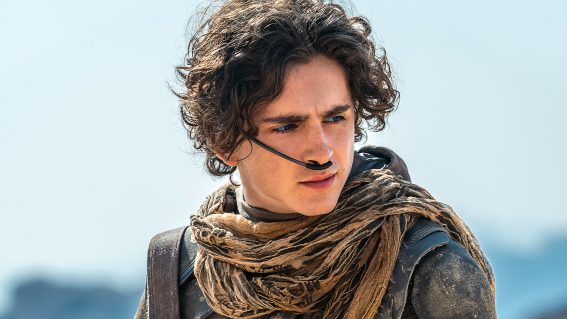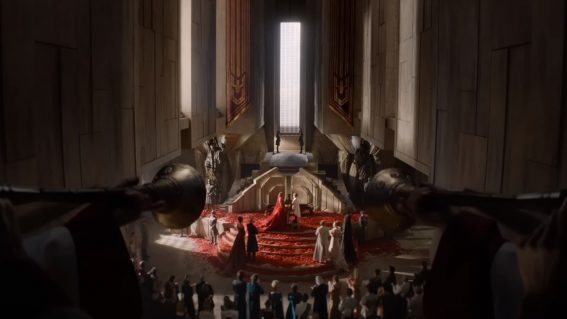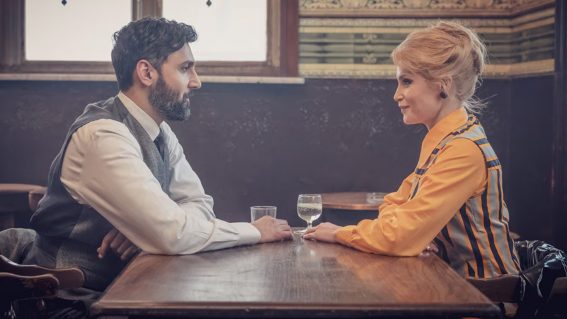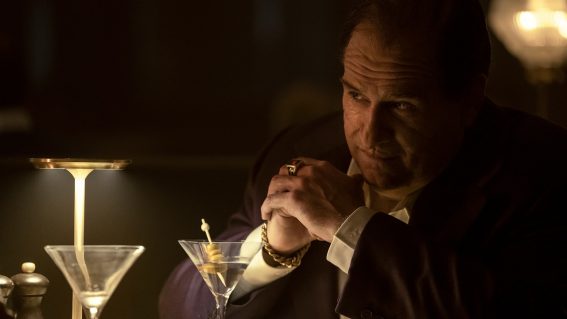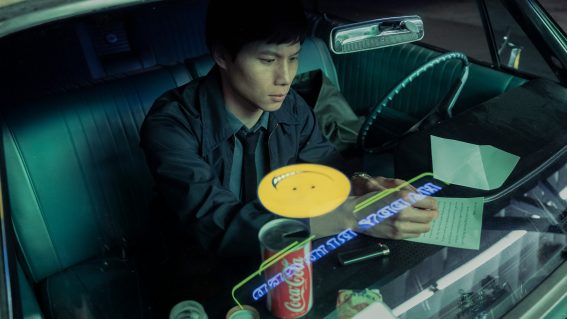How House of the Dragon uses GoT familiarity (and heaps of dragons) to its advantage
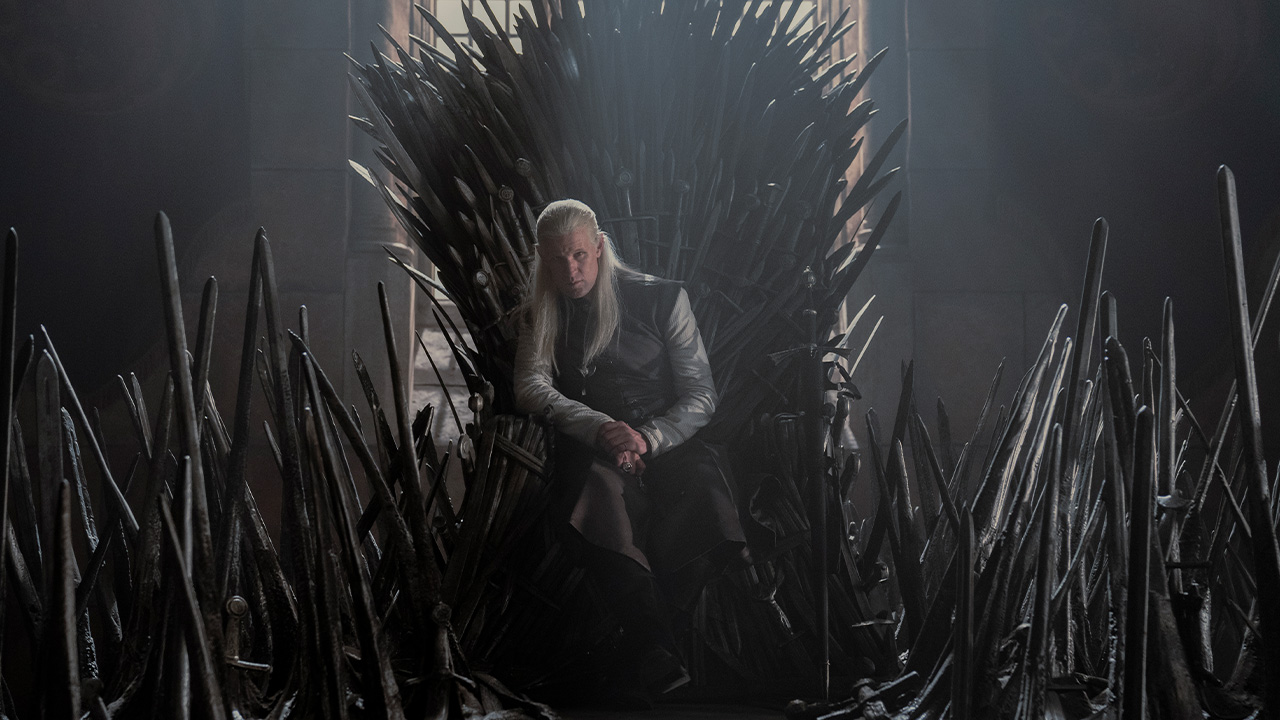

Witness the Targaryen dynasty at the apex of its power (with more than 15 dragons in tow) in House of the Dragon—on Neon, SkyGo and SoHo from 1pm August 22 . Having seen the first four episodes of the eagerly anticipated Game of Thrones prequel, Dominic Corry previews what viewers can expect.
From the instantly-recognisable theme song, to its principal setting of Kings Landing/The Red Keep, to the (super-sized) Iron Throne itself, House of the Dragon accentuates its connections to the Game of Thrones that we know and love immediately.
An explanatory opening narration and title card (an increasingly present convention in our prequel-heavy storytelling era, and one that can go a long way to establishing audience goodwill, or in the case of Lightyear‘s awkward opening spiel, destroying it…) tells us that the story we are going to witness play out begins approximately two centuries before the birth of Daenerys Targaryen, the fan-favourite character from Game of Thrones, and more or less the only member of the dynastic Targaryen line to appear in the series with any significance.
There are heaps more Targaryens in House of the Dragon, and the show benefits from the mythic and mysterious aura generated around the family in GoT.
The first half of House of the Dragon‘s first season takes place during the reign of Viserys Targaryan (Paddy Considine), who controversially succeeded his grandfather instead of the arguable rightful heir, his cousin Rhaenys Targaryen (Eve Best), who became known as The Queen Who Never Was.
Much of the conflict in the new series revolves around Viserys’ own succession crisis which, like the one that saw his own ascension, is greatly affected by “the people’s” unwillingness to see a woman take the throne.
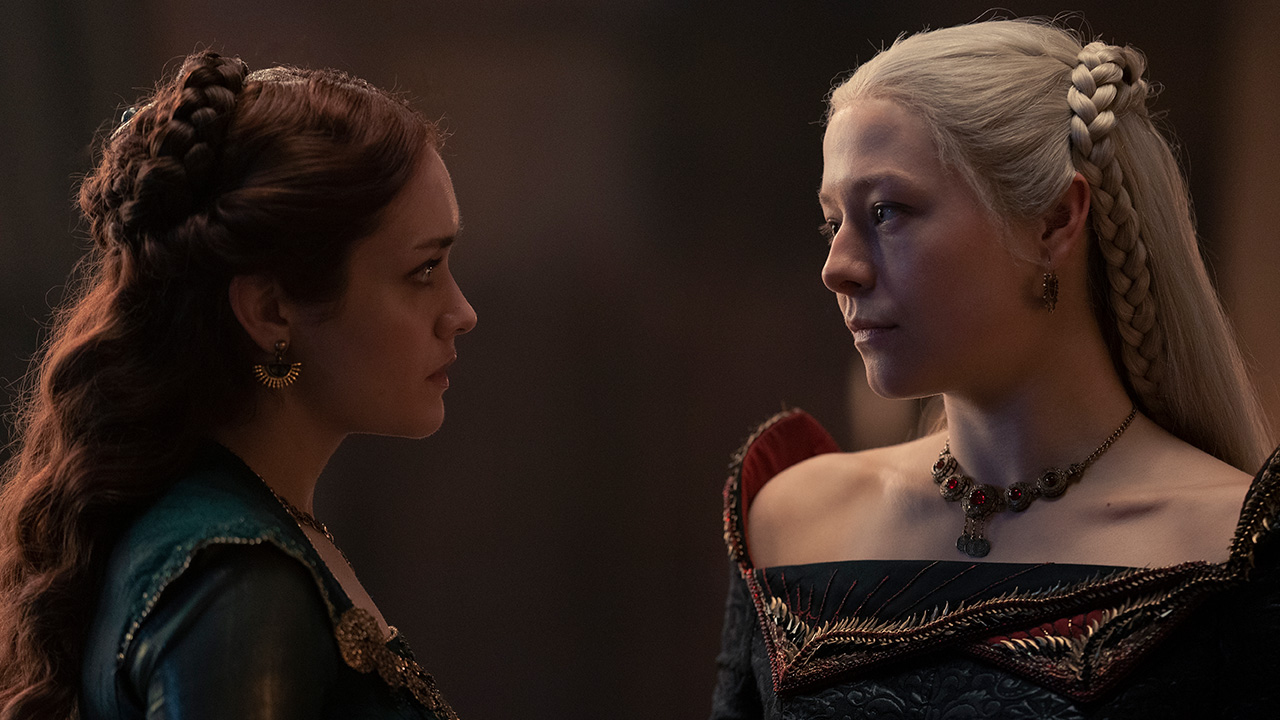
Viserys’ named heir, his first-born daughter Rhaenyra Targaryen (played in the first half of the season by Aussie actor Milly Alcock, and in the later half by English actor Emma D’Arcy) is the series’ focus, and while there are comparisons to be made with Daenerys, Rhaenyra is eventually revealed to contain multitudes of her own.
Then there’s Rhaenyra’s sadistic and mercurial uncle Daemon (Matt Smith), bringing some of the Westerosi savagery we’ve all come to appreciate, not to mention the key role played by Rhaenyra’s best friend Alicent (initially played by Emily Carey, who is eventually replaced by Olivia Cooke), the daughter of Viserys’ Hand, Otto Hightower (Rhys Ifans), who has intentions of his own.
There are many other layers to the conflict in the show, which unquestionably benefits from viewer familiarity with the conventions of this world and its political arena. Where Game of Thrones explored multiple threads over an incredibly broad canvas, this show hones in on the slippery machinations of one ruling family, telling a more intimate story. One that happens to include dragon-riding. Rhaenyra may be the ostensible protagonist, but it remains to be seen if she is the “goodie” of the show.
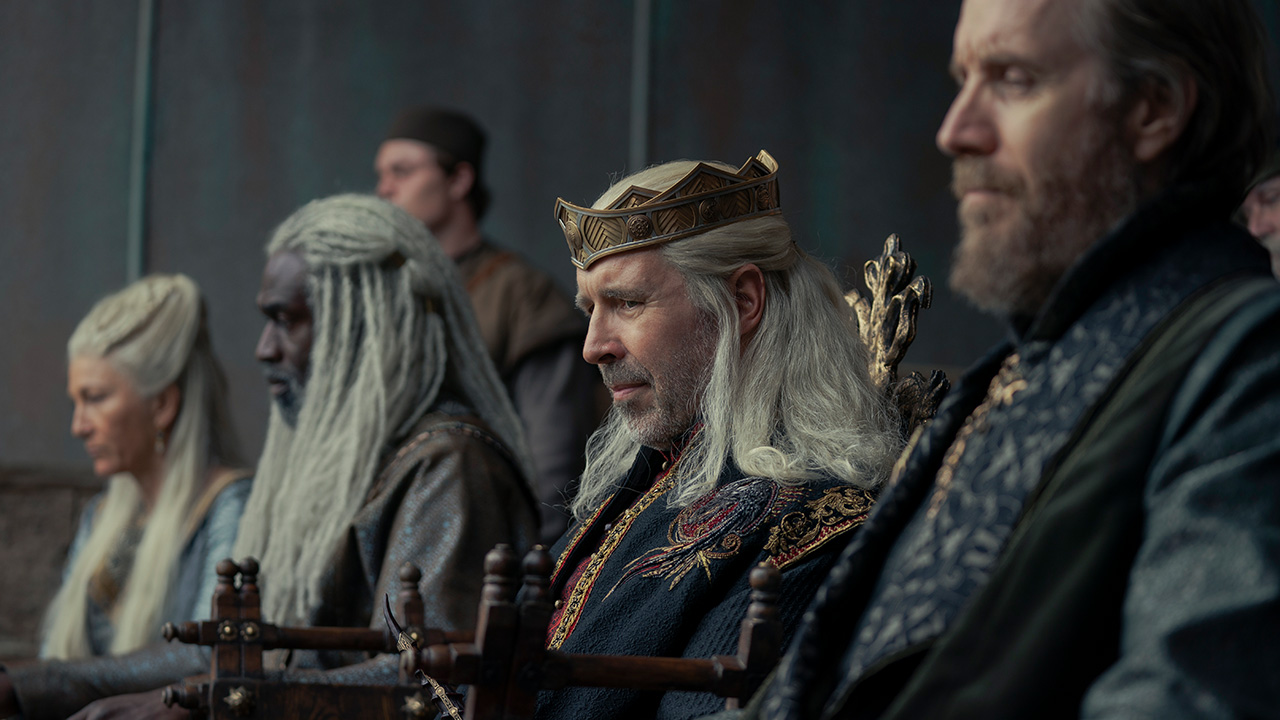
Whether by design or not, many key aspects of House of the Dragon speak to contemporary concerns about female reproductive autonomy and patriarchal male privilege. This show is positively swimming in it.
It’s also swimming in dragons, which were a long-time coming in GoT. Although we saw Daenerys take care of business with her dragons plenty in that series, this show truly fulfils the visual potential of dragons as weapons of war, and benefits from how it is able to explore the limits of their usefulness in this regard. It’s pretty cool.
The audience’s familiarity with how these kinds of stories evolve also allows the show to gracefully make several multi-year leaps throughout its first chunk of episodes before the older cast kicks in for the second half of the season.
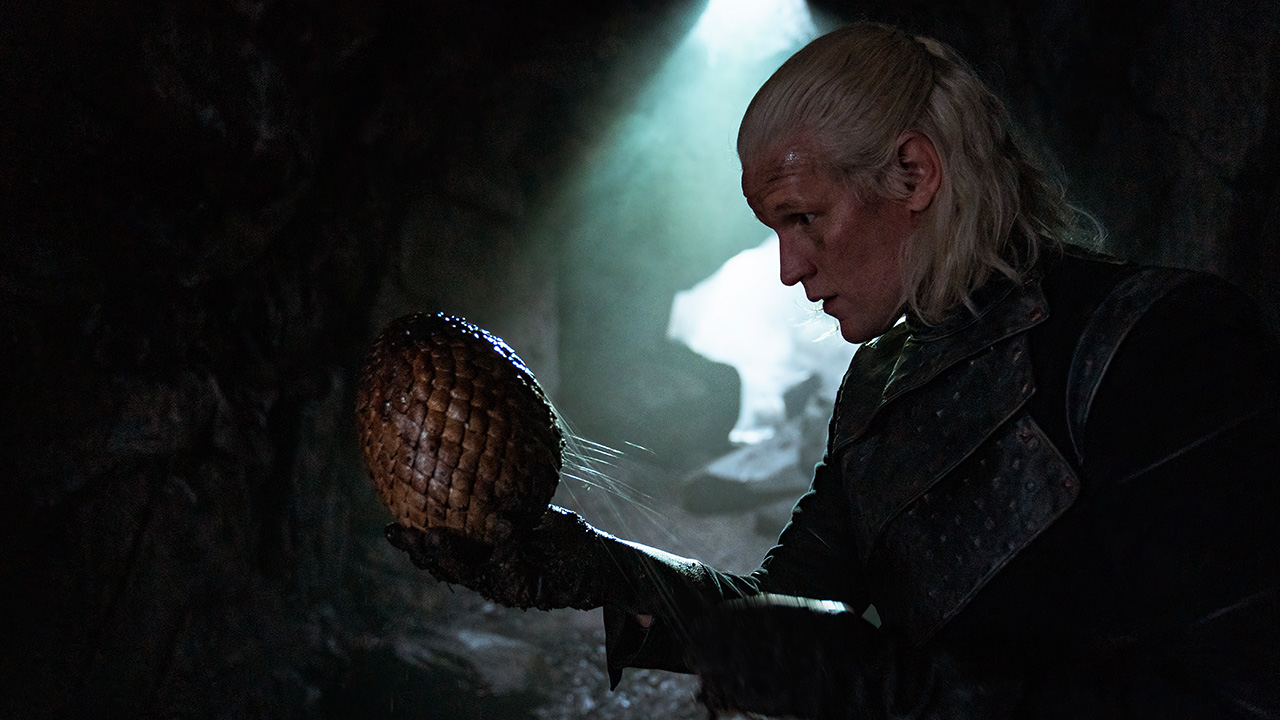
That audience familiarity also allows tension to exist when certain choices are taken, given our knowledge of what those chosen paths will likely result in further down the line. This isn’t Game of Thrones for experts, but fantasy storytelling is in a much more mature place than it was when the first series began, and House of the Dragon builds on that.
There’s also all the sex and violence, which seems mildly—but not significantly—less harsh than what HBO traditionally demanded of its genre shows. Similarly, there’s nothing particularly horrific in the first bunch of episodes. Unless you have an irrational fear of being eaten alive by crabs.
Both familiar and new at the same time, House of the Dragon is destined to give Game of Thrones fans what they want but, critically, it is willing to take time to tell its story.
Those Targaryens are one effed-up family, and it’s a hell of a thing to watch.
House of the Dragon premieres at 1 pm on 22 August via Neon, SkyGo and SoHo.

